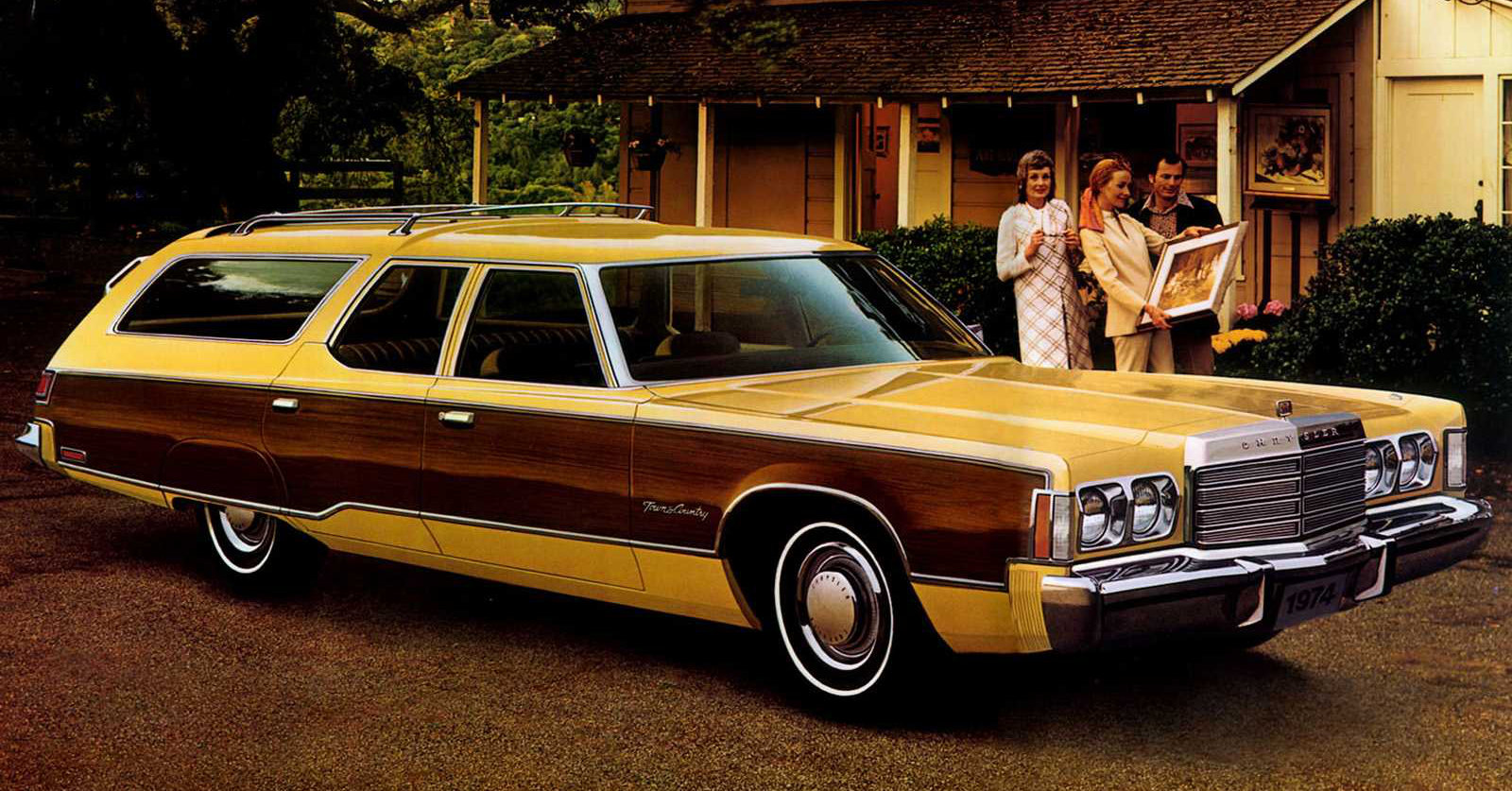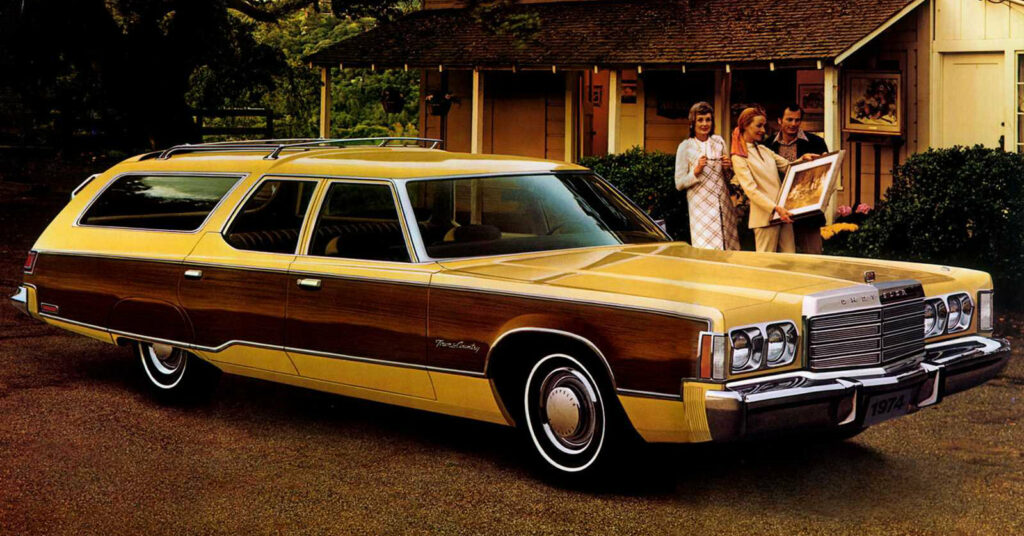We’ve hit 36 million page views on Autocade now, with the counter showing 8,356,587. Add that to the 27,647,011 just before the old server was decommissioned, and we’re on 36,003,598. We hit 35 million on February 1, so it took 58 days to net the latest million, 17 days longer than last time. We’ve noticed […]
Read More… from Autocade hits 36 million page views, with shifts in the leaderboard

